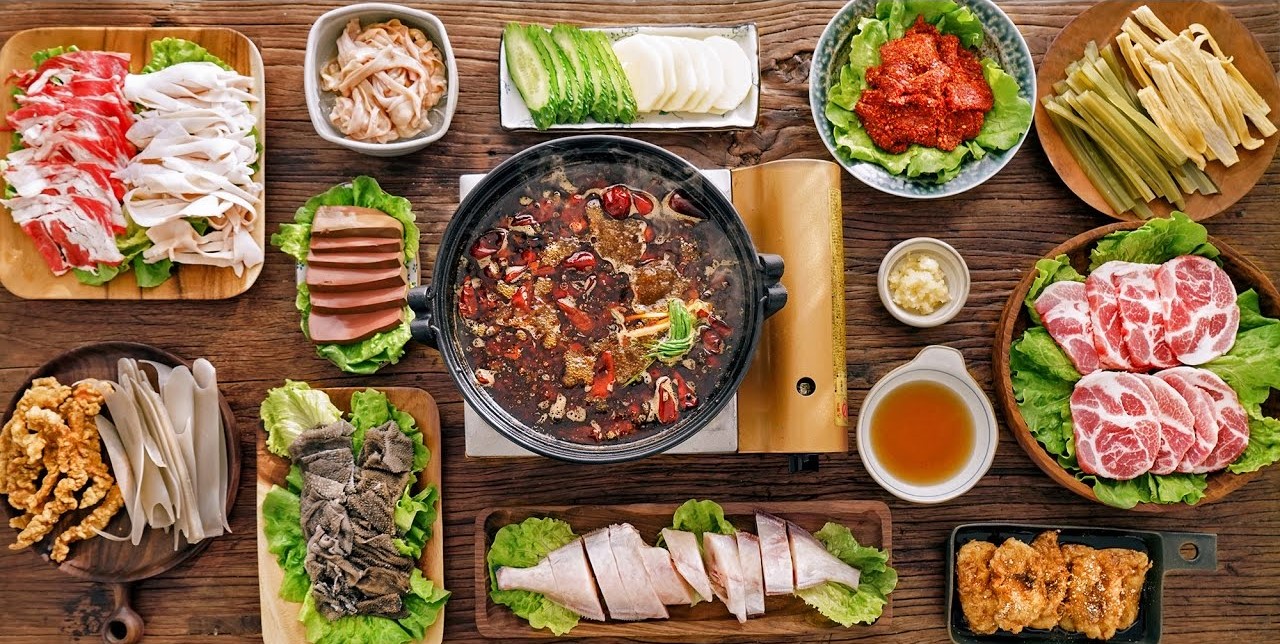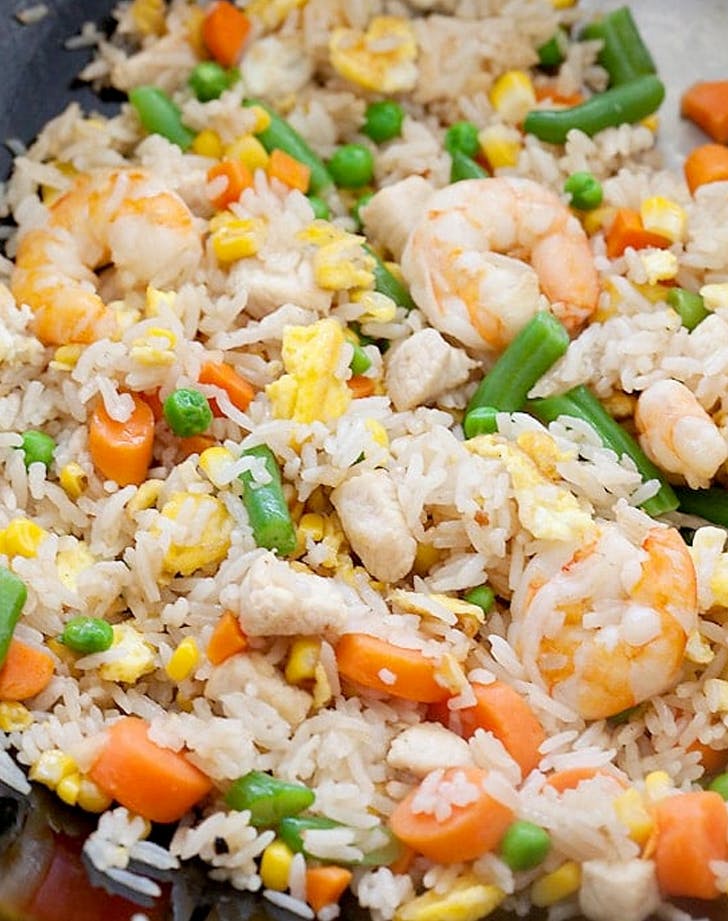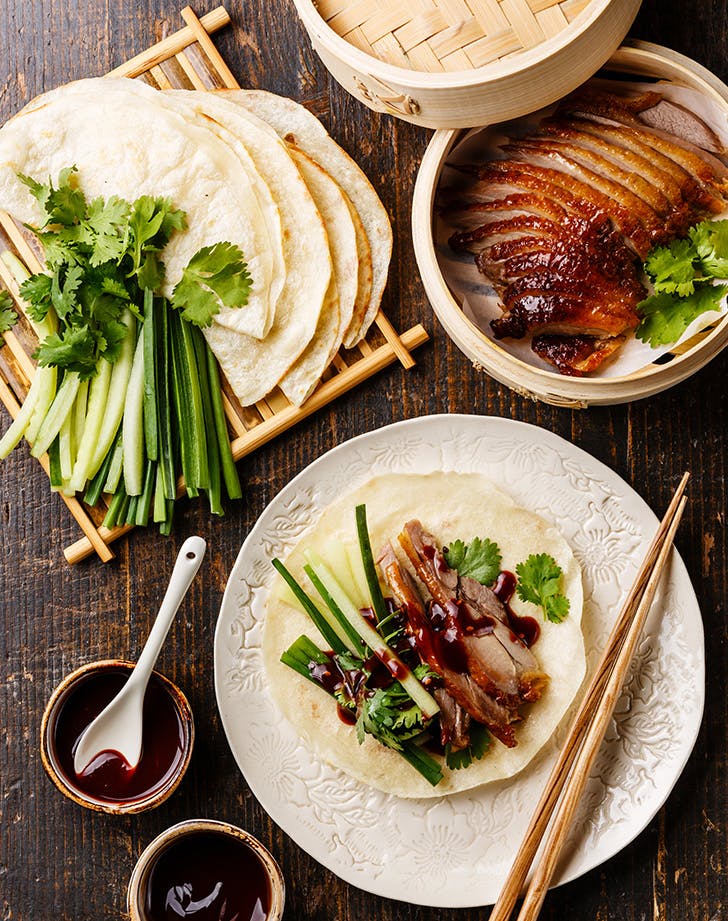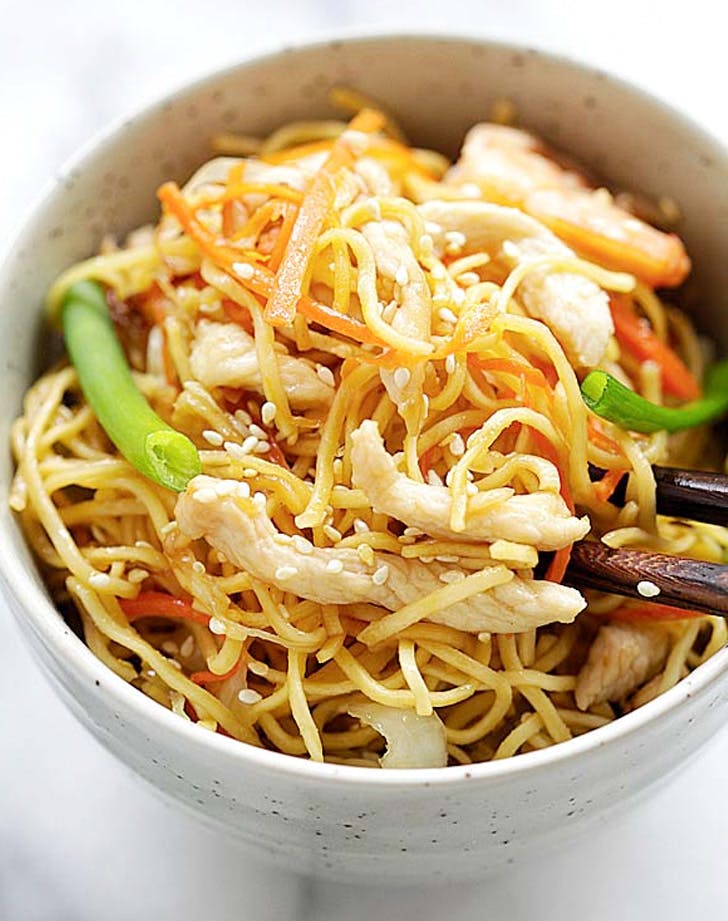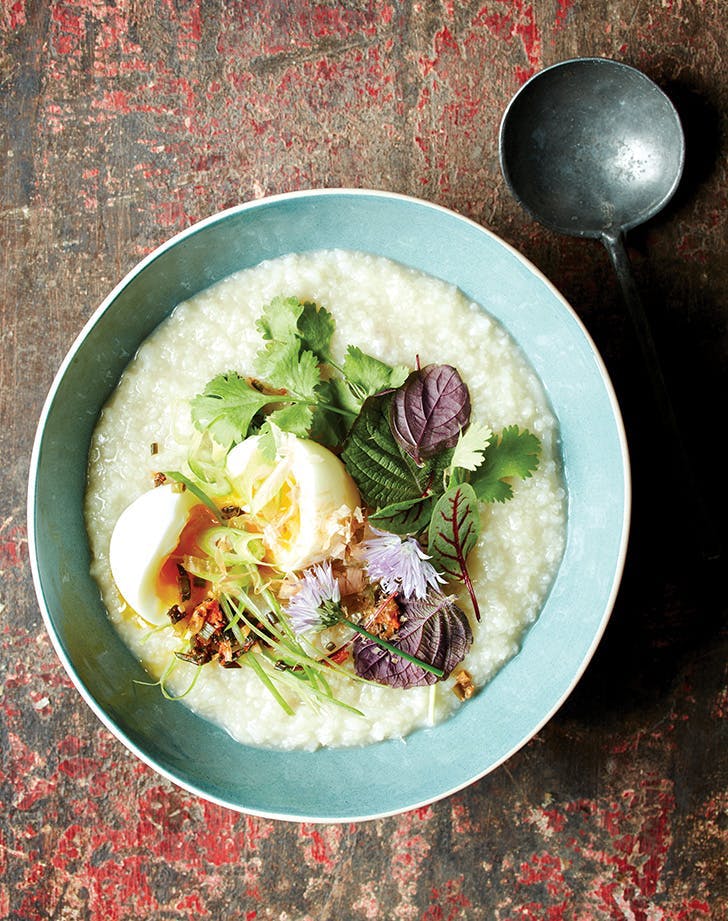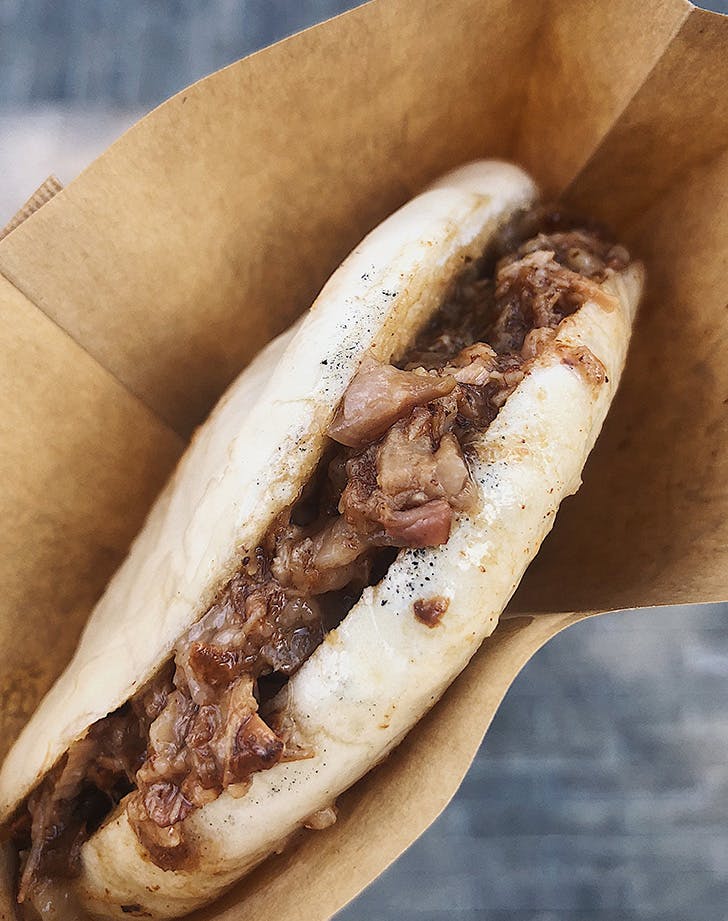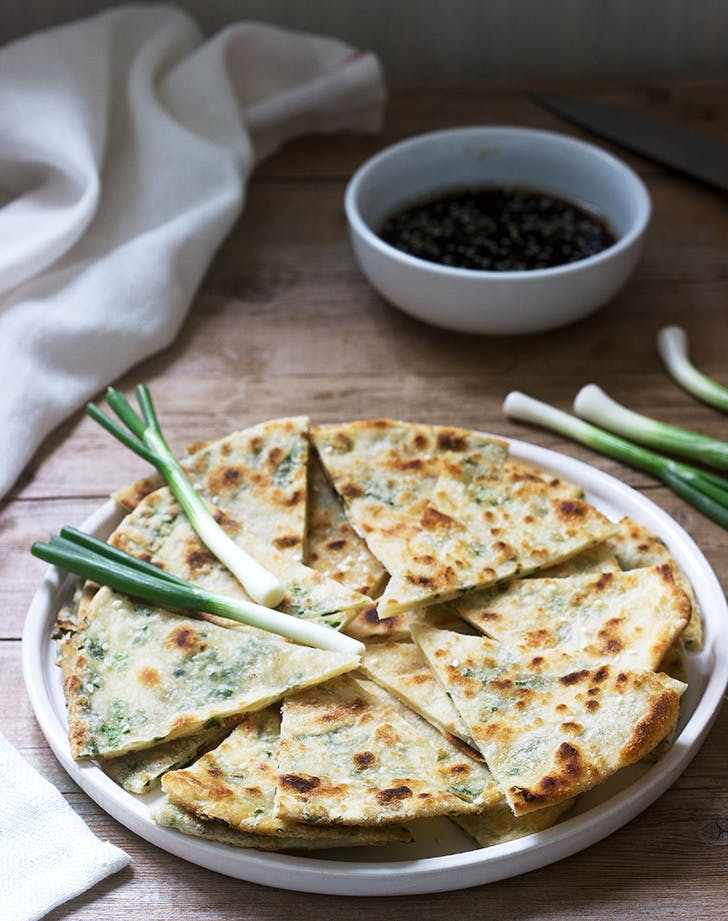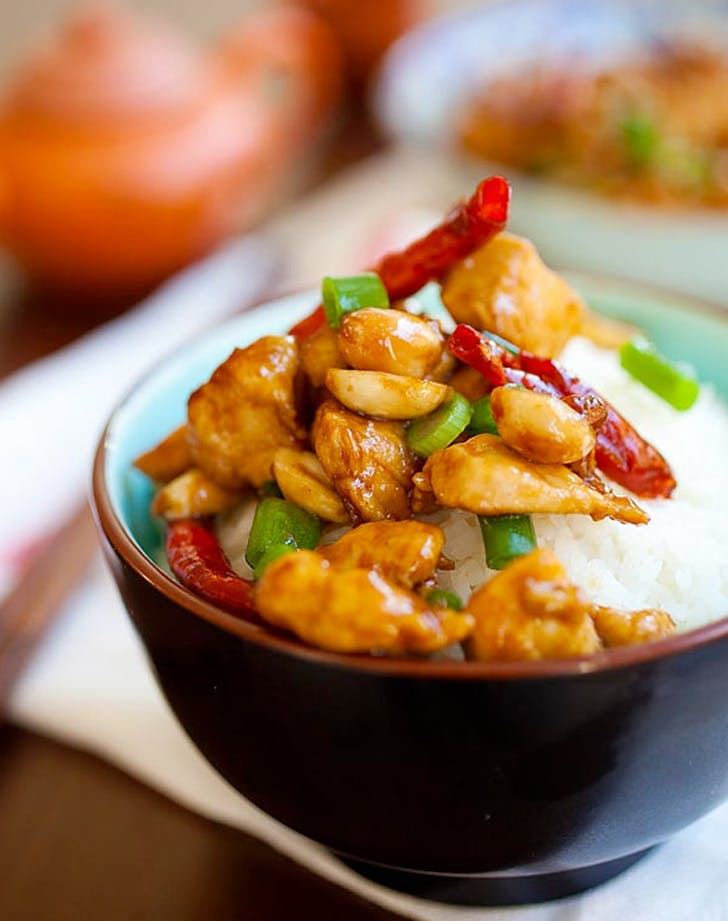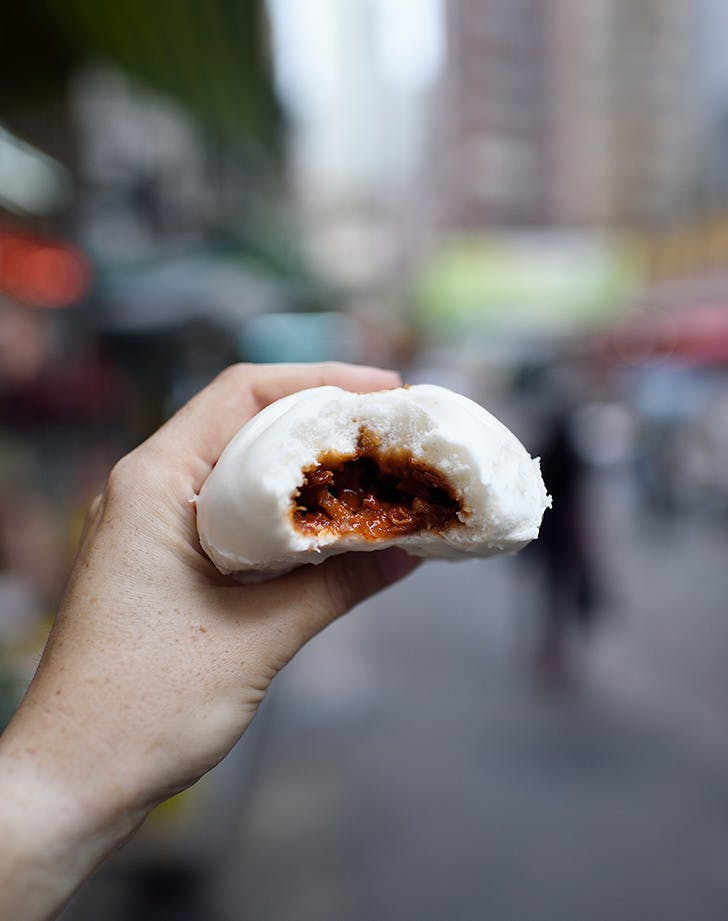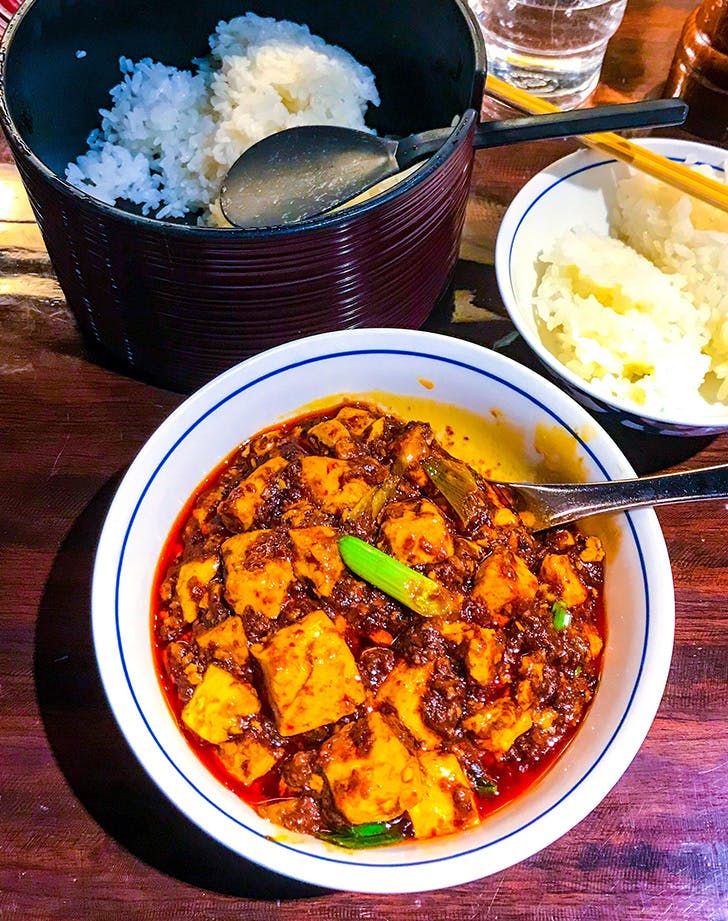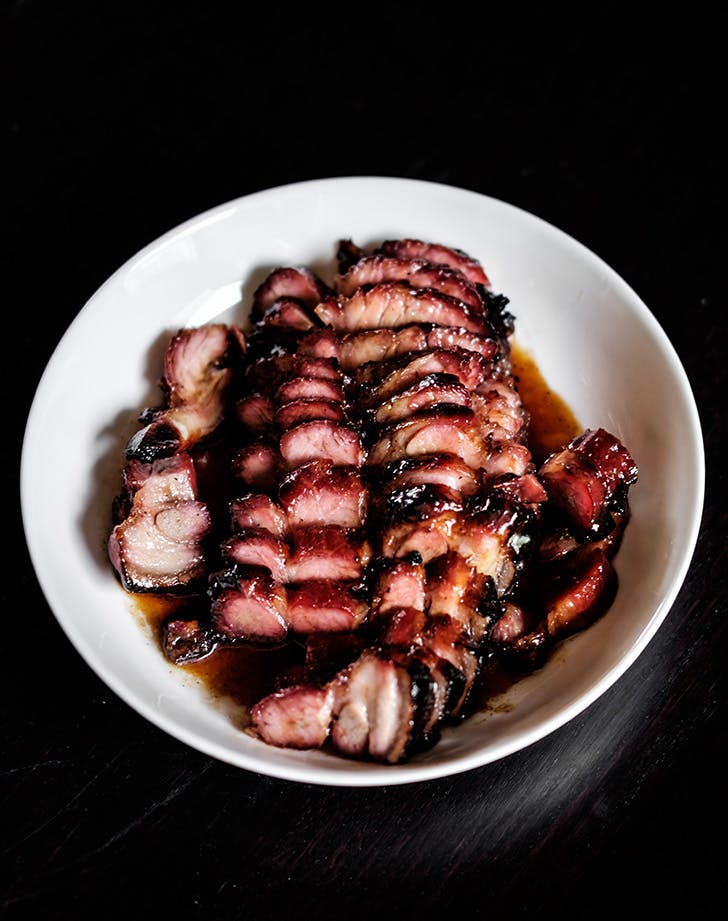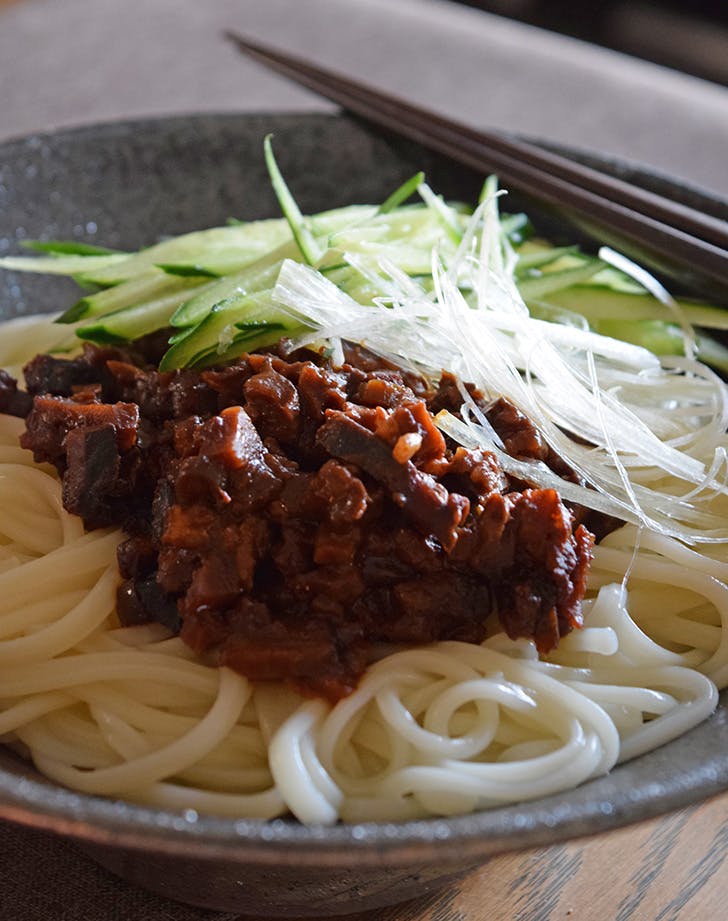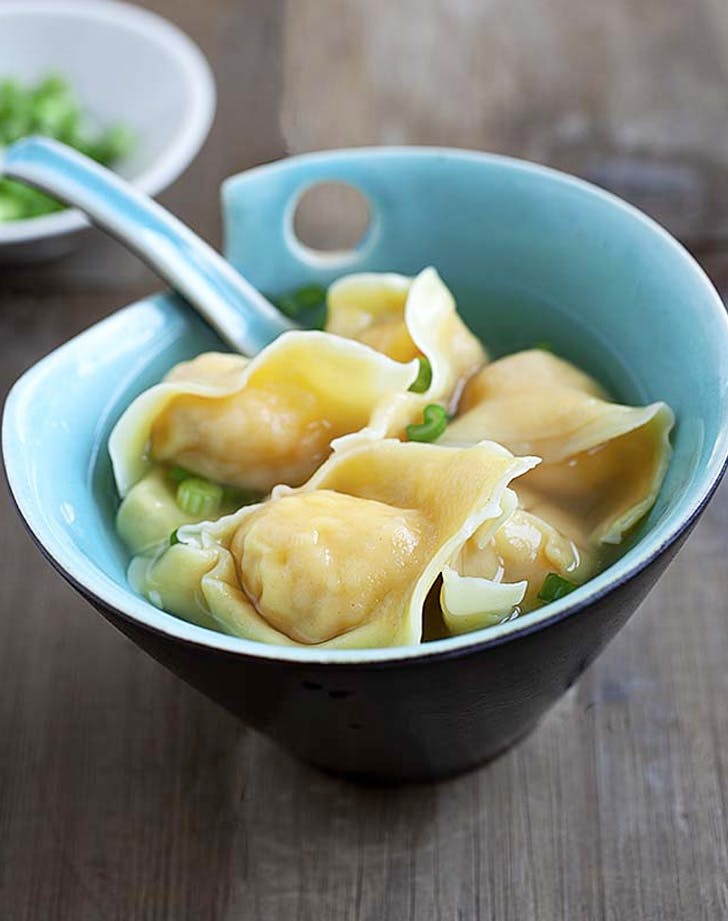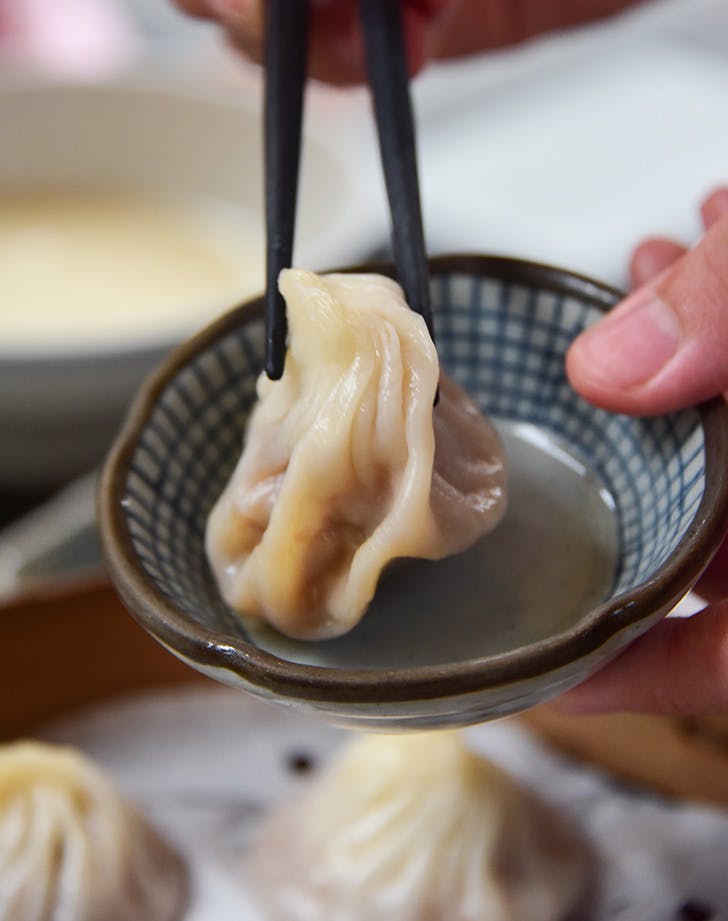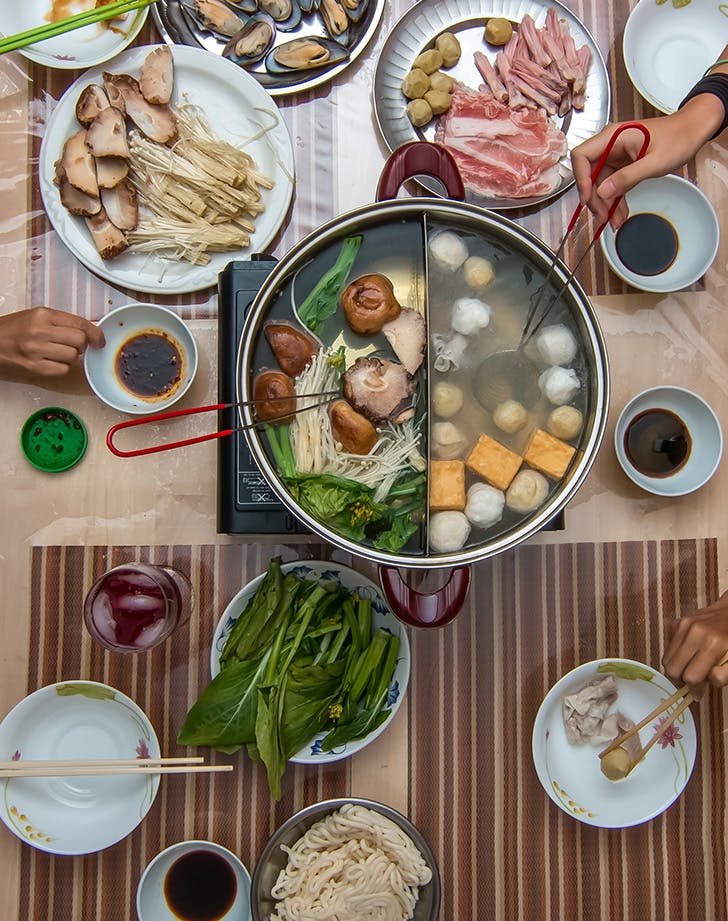A typical Chinese meal will have two things - a carbohydrate or starch like noodles, rice or buns, and accompanying stir fries or dishes of veggies, fish and meat. They use a lot of fresh vegetables like mushroom, water chestnuts, bamboo and even tofu. In North China, wheat-based accompaniments like noodles and steamed buns dominate the table, in contrast to South China where rice is a favourite. The short-grain sticky rice, grown throughout Southern China, is absolutely irresistible.
Each dish focuses on creating a balance between three aspects - appearance, aroma, and taste. They pay a lot of attention to the aesthetic appearance of the food with diversified colours. Sauces and seasonings like fish sauce, five spice powder, oyster sauce, soy sauce, vinegar, root garlic, fresh ginger and others are used generously to offer a complex play of flavour and aroma.
Much like Japanese cuisine, Chinese dishes are rich in umami which is described as a 'pleasant savory taste'. The umami taste is common to many ingredients used in their cuisine like Chinese cabbage, spinach, celery, green tea or fermented products like soy sauce and pastes.
Chinese food and the way it is prepared is influenced by the two major philosophies - Confucianism and Taoism. One of the standards set by Confucius was that food must be cut into small bite- size pieces before being served. Those who follow Taoism focus more on food that promote health and longevity and those that have healing powers.
With more and more communication happened between China and other countries, Chinese food are getting more and more popular in the world. So, what are the best choices of foreign tourists? We have selected 15 dishes which are most popular among foreign tourists.
15 Chinese Food You Need to Try
1. FRIED RICE (CHǍOFÀN)
“Rice is a staple in Chinese cuisine,” Yinn Low tells us. “Chinese fried rice is a complete meal that feeds the entire family. The combination of ingredients can be anything from protein (chicken, pork, shrimp) to vegetables (carrots, mixed vegetables). It’s a wholesome meal for dinner.” It also happens to be simple and quick to make at home, but as Yinn Low advises, “for the best fried rice, leftover rice will be best.” (We know what we’re doing with our takeout leftovers.)
2. PEKING DUCK (BĚIJĪNG KǍOYĀ)
“Personally, I think Peking duck is the best way to eat duck,” Yinn Low tells us of the Beijing dish. “Crispy roasted duck sliced into bite-sized pieces, rolled up in a wrapper with salad and hoisin sauce.” Peking duck is seasoned, dried for 24 hours and cooked in an open-air oven called a hung oven, so it’s not something you can really replicate at home ... but it is something we recommend seeking out at a traditional Chinese restaurant. (It’s traditionally carved and served in three courses: skin, meat, and bones in the form of broth, with sides like cucumbers, bean sauce and pancakes).
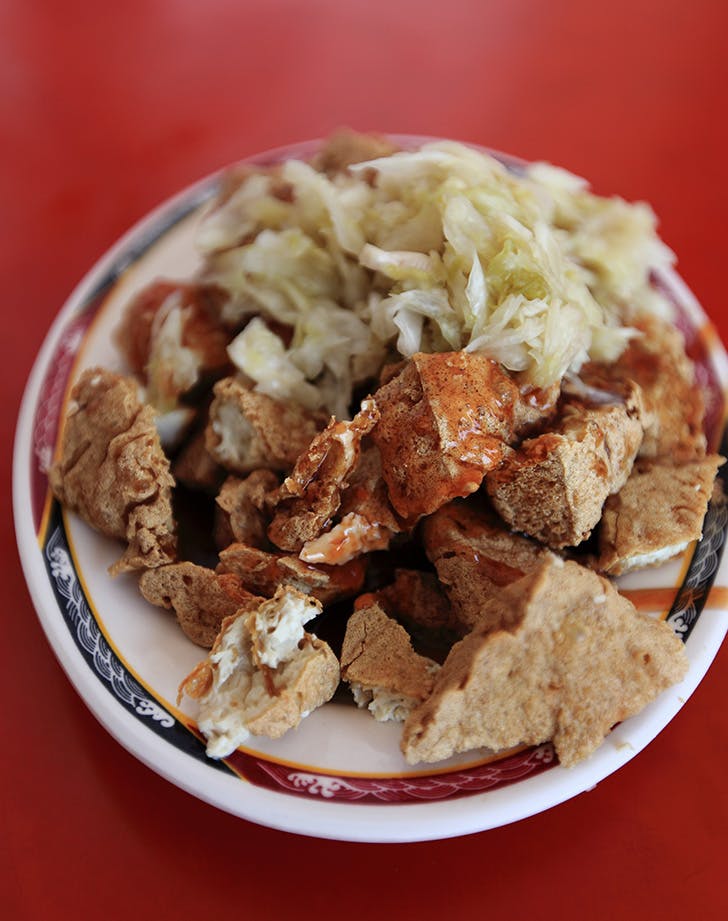
3. STINKY TOFU (CHÒUDÒUFU)
The name kind of says it all: Stinky tofu is fermented tofu with a strong odor (and it’s said that the stronger it smells, the better it tastes). Tofu is brined in a mixture of fermented milk, vegetables, meat and aromatics before fermenting for up to several months—kind of like cheese. Its preparation depends on the region, but it can be served cold, steamed, stewed or deep-fried with chile and soy sauces on the side.
4. CHOW MEIN
“Other than rice, noodles are a mainstay in Chinese cooking,” Yinn Low says. “Just like with fried rice, there are endless variations on chow mein. For busy parents, this is an easy dish to make for the entire family. And if you can’t find traditional Chinese egg noodles or chow mein noodles, you can use cooked spaghetti to make the dish instead.”
5. CONGEE (BÁIZHŌU)
Congee, or rice porridge, is a nourishing, easy-to-digest meal (particularly for breakfast). Congees differ from region to region: Some are thick, some are watery and some are made with grains other than rice. It can be savory or sweet, topped with meat, tofu, vegetables, ginger, boiled eggs and soy sauce, or mung beans and sugar. And since it’s ultra-comforting, congee is also considered food therapy for when you’re sick.
6. CHINESE HAMBURGER (RÒU JIĀ MÓ)
A pita-like bun filled with tender braised pork is decidedly not what we ever thought of as a hamburger, but it’s delicious nonetheless. The street food originates from Shaanxi in northwest China, the meat contains over 20 spices and seasonings and since it’s been around since the Qin dynasty (circa 221 B.C. to 207 B.C.), some would argue that it’s the original hamburger.
7. SCALLION PANCAKES (CONG YOU BING)
No maple syrup here: These savory pancakes are more like a supremely chewy flatbread with bits of scallion and oil mixed throughout the dough. They’re served as street food, in restaurants and fresh or frozen in supermarkets, and since they’re pan-fried, they have the ideal balance of crispy edges and soft insides.
8. KUNG PAO CHICKEN (GONG BAO JI DING)
“This is probably the most well-known Chinese chicken dish outside of China,” Yinn Low says. “It’s also an authentic and traditional dish that you can find in many restaurants in China.” The spicy stir-fried chicken dish originates from the Sichuan province of southwestern China, and while you’ve probably had the Westernized version, the real thing is fragrant, spicy and a little bit mouth-numbing, thanks to Sichuan peppercorns. If you want to avoid the gloppy version you get here in the United States, Yinn Low says its actually quite easy to re-create at home.
9. BAOZI
There are two types of baozi, or bao: dàbāo (big bun) and xiǎobāo (small bun). Both are a bread-like dumpling filled with everything from meat to veggies to bean paste, depending on the type and where they were made. They’re usually steamed—which makes the buns delightfully squishy and soft—and served with dipping sauces like soy sauce, vinegar, sesame oil and chile pastes.
10. MAPO TOFU (MÁPÓ DÒUFU)
Maybe you’ve heard of or even tried mapo tofu, but Westernized versions of the Sichuanese tofu-beef-fermented-bean-paste dish are usually much less spicy than their traditional counterpart, which is laden with chile oil and Sichuan peppercorns. Fun fact: The literal translation of the name is “pockmarked old woman’s bean curd,” thanks to origin stories that claim it was invented by a, well, pockmarked old woman. It’s got a little bit of everything: textural contrast, bold flavors and lots of heat.
11. CHAR SIU
Technically, char siu is a way to flavor and cook barbecued meat (specifically pork). It literally means “fork roasted,” because the Cantonese dish is cooked on a skewer in an oven or over a fire. Whether it’s pork loin, belly or butt, the seasoning almost always contains honey, five-spice powder, hoisin sauce, soy sauce and red fermented bean curd, which give it its signature red hue. If you’re not already drooling, char siu can be served alone, with noodles or inside baozi.
12. ZHAJIANGMIAN
These “fried sauce noodles” from the Shandong province are made with chewy, thick wheat noodles (aka cumian) and topped with zhajiang sauce, a rich mixture of ground pork and fermented soybean paste (or another sauce, depending on where you are in China). It’s sold just about everywhere in the country, from street vendors to fancier restaurants.
13. WONTON SOUP (HUNDUN TANG)
“Wontons are one of the most authentic Chinese dumplings,” Yinn Low says. The wontons themselves are made with a thin, square dumpling wrapper and can be filled with protein such as shrimp, pork, fish or a combination, depending on the region (Yinn Low’s own recipe calls for shrimp). The broth is a rich concoction of pork, chicken, Chinese ham and aromatics, and you’ll often find cabbage and noodles mingling with the wontons.
14. SOUP DUMPLINGS (XIAO LONG BAO)
On the other hand, soup dumplings are dumplings with the soup inside. The filling is made with a pork stock that’s so packed with collagen, it solidifies as it cools. Then it gets folded into a delicate wrapper that’s pleated into a neat little packet and steamed, melting the broth. To eat, simply bite the top off and slurp out the broth before popping the rest in your mouth.
15. HOT POT (HUǑGUŌ)
Less a dish and more an experience, hot pot is a cooking method where raw ingredients are cooked tableside in a giant pot of simmering broth. There’s a lot of room for variation: different broths, meats, veggies, seafood, noodles and toppings. It’s also meant to be a communal event where everyone sits down together and cooks their food in the same vessel.


